Get creative with technology and up-cycle
Use the contents of your recycling bin and the parts from a Smartibot kit and create your own Rubbish Monster! When we designed Smartibot we wanted to make a platform for creativity that would help you make a robot out of anything. Your recycling bin probably contains all kinds of items with the potential to make great robots. Here's how Rehana got on when she got creative making trash robots with her niece and nephew.

Easy DIY Project for Kids
For this project, all you need are the Smartibot components that come in the Smartibot kit, some servos if you want to attach arms, heads or other moving parts, tape and glue, and whatever you can find in the recycling bin: think about milk and water bottles, cardboard packaging, plastic containers, Pringles cans, and even cereal boxes! You can use everything really, as long as it has a bit of strength!
Once you've got everything set, it's time to start making!
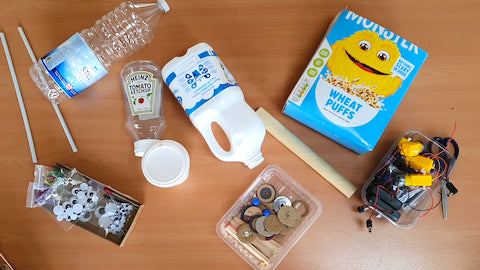
DIY Elephant Robot
For this project, there aren't many instructions to follow, you can get as creative as you like!
You can make the elephant's head by carefully cutting a milk bottle as shown:
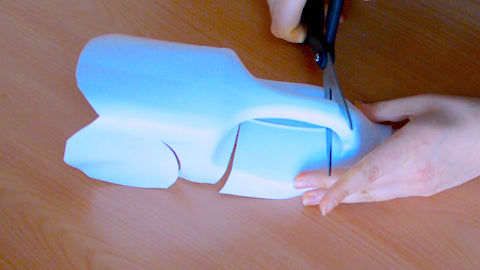
We used a plastic water bottle for the body, and attached the two motors vertically on the sides:
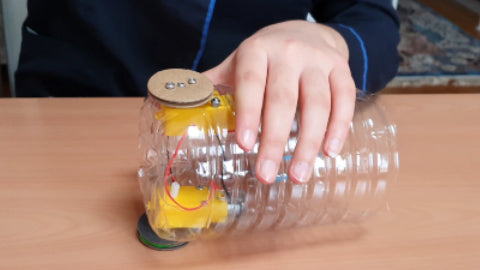
We then attached the elephant head to the body, wired up the Smartibot circuit board and battery box, and added some googly eyes to bring our creation to life!
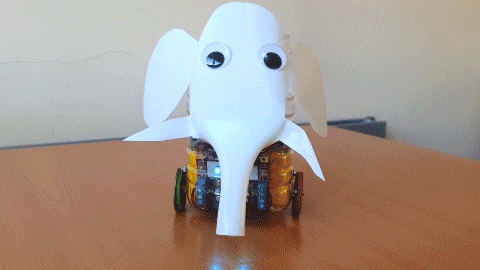
DIY 'Cereal Killer' (Fighting robot from a cereal box)
We also turned a breakfast cereal box into a robot, we attached the motors inside the box at the sides, and poking holes for the bolts (the long ones that come in the kit), and then bolted the circuit board on the front (with the short bolts from the kit) and popped the battery box inside, behind the circuit board. We also attached two servos arms on the sides to work the arms.
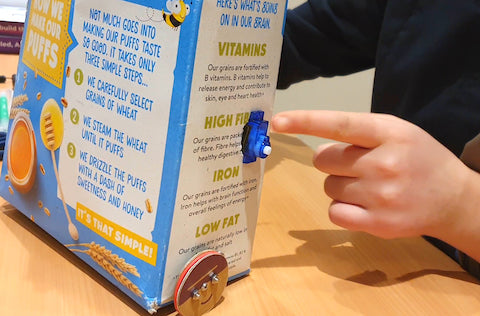
Tip: Cutting a hole in cardboard can often make the structure weaker, but the corners of the box are much stronger. Make sure you cut any holes towards the corners like we did:
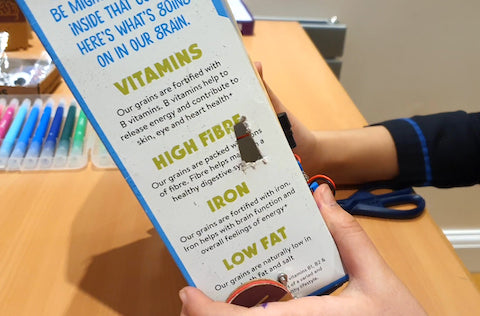
After we securely attached the servos to the sides of the cereal box, we wired them up to the pins at the front of the circuit board:
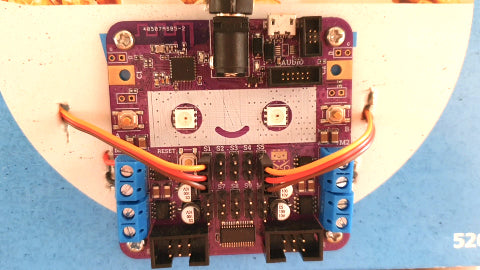
Connecting your DIY robot to the app
With our newest update of the Smartibot app, Android users can finally add servos and additional controllers to their control pad! (It's been on iOS for ages, sorry it took so long to come to Android) In the Youtube video we show you how you can easily do that too, the embed below starts at this section.

Once that's all done, you can take your cereal killer for a spin!

Make Even More Rubbish /MonstersRobots!
With this project, there is no limit to what you can make! You can even turn a cream cheese tub or a perfume box into a robot!
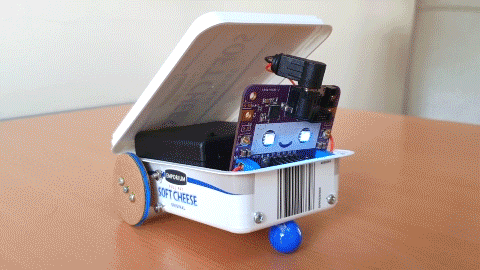

Show us your creations!
Anything is possible with the Smartibot and we love to see your creations! Make sure you tag us on Instagram, Twitter and Facebook, or just email us!
